
Gymnasium, North Carolina State College, illustrated postcard
Blog post authored by Clara Wilson with research conducted by Ellie Beal, Special Collections Desk Assistant.
The years following the conclusion of World War I were a period of rapid change and growth at NC State University. In addition to organizational changes, like the division of the college into different schools, NC State experienced considerable expansion of its physical campus. Recommendations from the Zook Report, as it became known, were instrumental in moving the college forward in its physical development, as well as the 1923 master plan designed by Hobart Upjohn. While several new buildings were created during this period, a few are highlighted below that emphasize campus development in the 1920s.

Thirty-four NC State students and alumni died while serving in World War I. Vance Sykes, Class of 1907, wrote to the alumni secretary at the time, E.B. Owen, shortly after the end of WWI to request a memorial for the fallen alumni, faculty, and students who had served in past wars. By 1920, the alumni group had a planning committee for the memorial and an architect, William Henry Deacy.
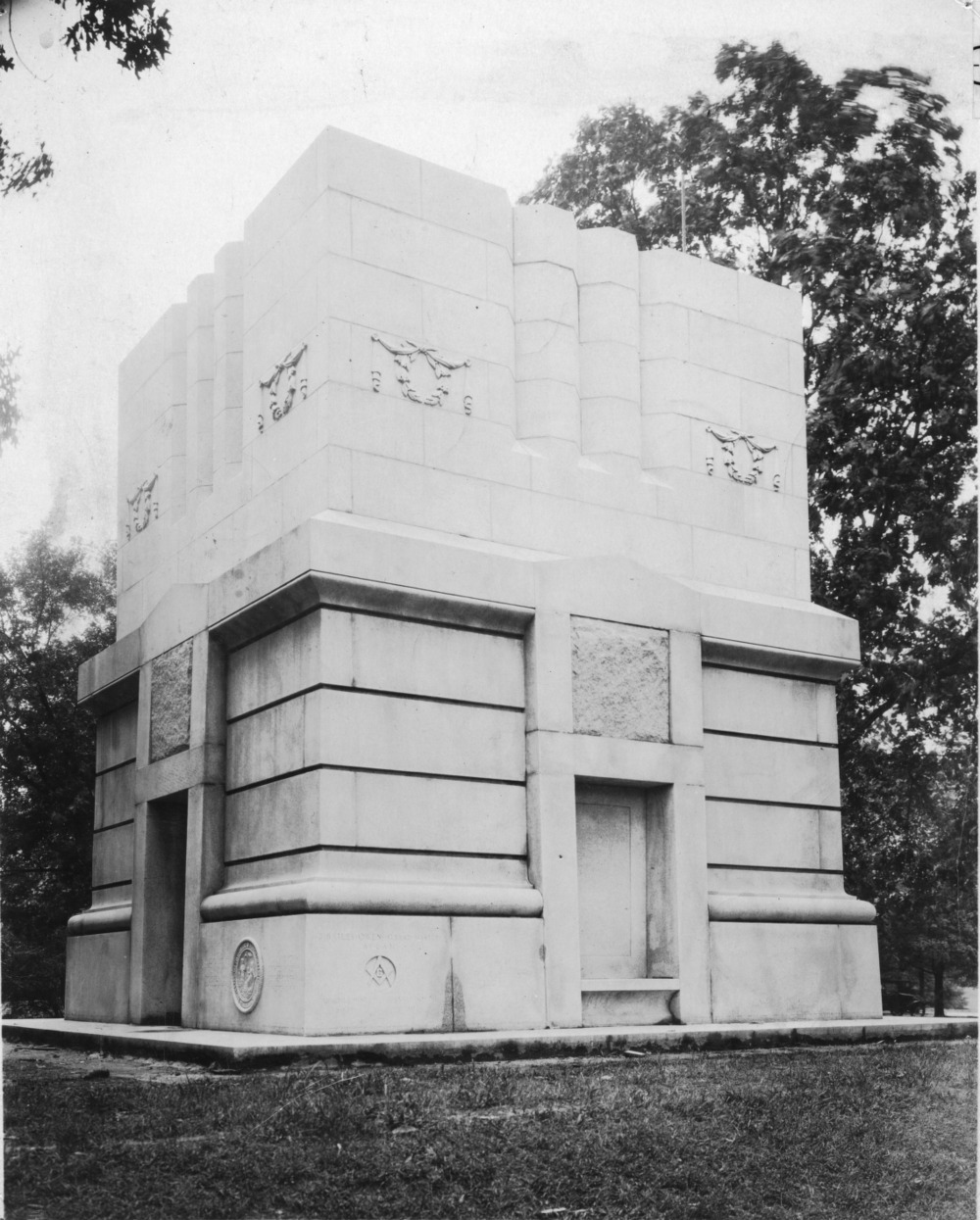
The cornerstone of the Memorial Belltower was laid in 1921, and ten-foot sections were added every year from 1924-1926. The tower portion was completed in 1937, with additional details like the clock and some lights added in subsequent years. The project stalled several times due to a combination of a decrease in funding, the Great Depression, and World War II. All of the work was completed by the late 1940s, and the Memorial Belltower was officially dedicated in 1949. More recently, in the fall of 2019, additional construction included an installation of a 55-bell carillon.
The tradition of lighting the tower red began in 1999. In addition to being lit to celebrate sports triumphs and special events, the university lights the tower red on Memorial Day and Veterans Day to honor veterans who have been NC State alumni and students.
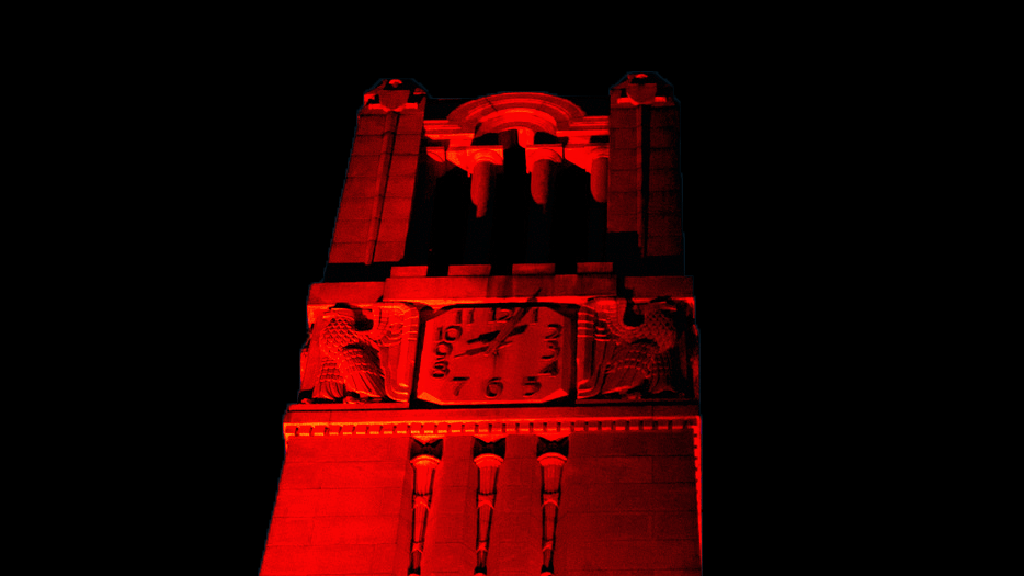
Built in 1924, the Frank Thompson Gymnasium was the first of its kind in the Southeast and was designed by the renowned architect, Hobart Brown Upjohn. The gymnasium was named in honor of alumnus Frank Martin Thompson (1886-1918), who was killed in combat in France during World War I. Thompson graduated with a degree in engineering in 1910 and served as captain of the baseball and football teams during his time at NC State.
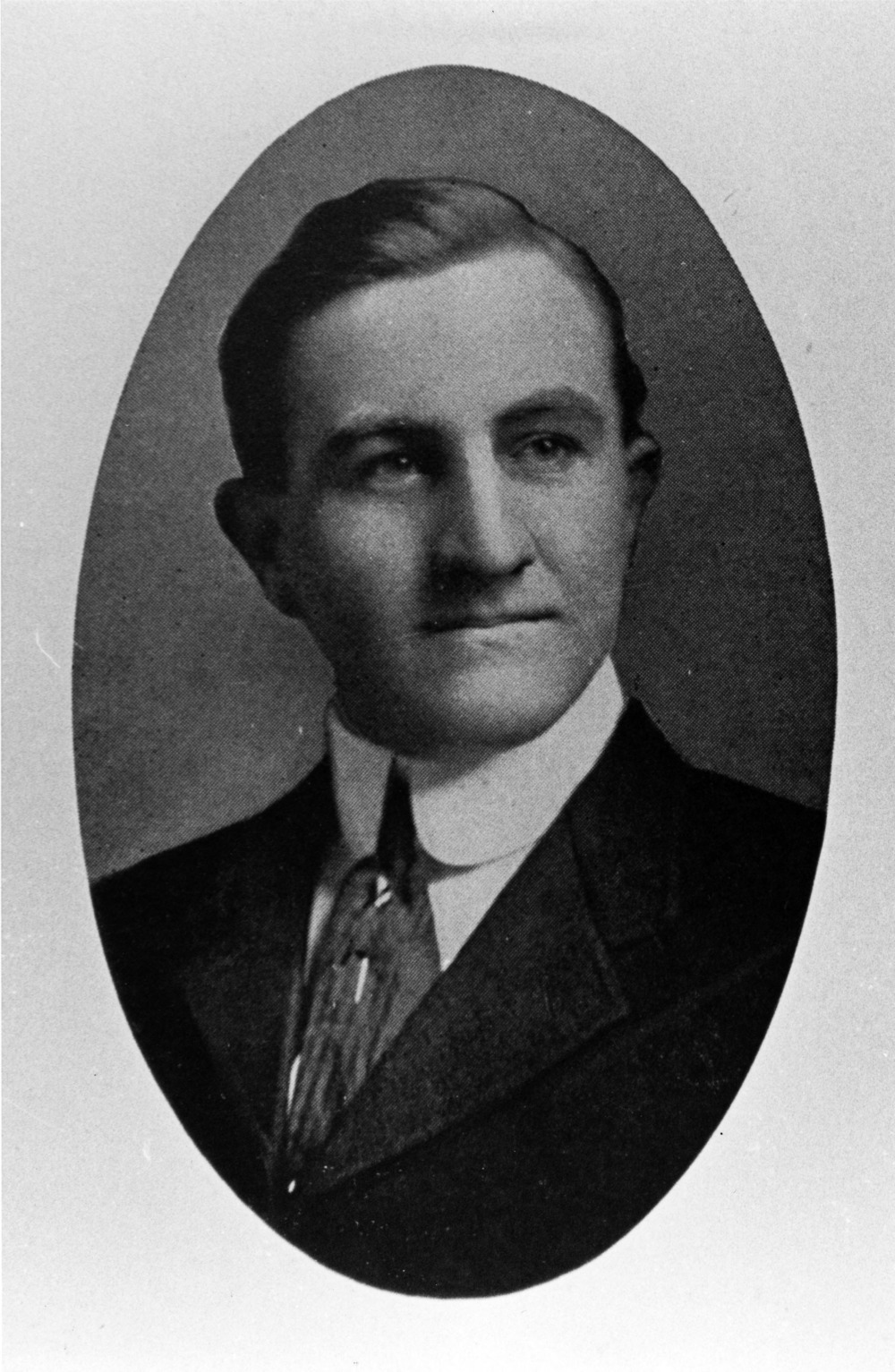
Thompson Gymnasium housed home basketball games until 1949 when Reynolds Coliseum opened. Thompson was also the home of the Physical Education department, now the Department of Health & Exercise Studies, until 1963 when that unit moved to Carmichael Gymnasium. The building was renamed Thompson Theatre in 1964 and became the new home of the Crafts Center and NC State’s theatre program.
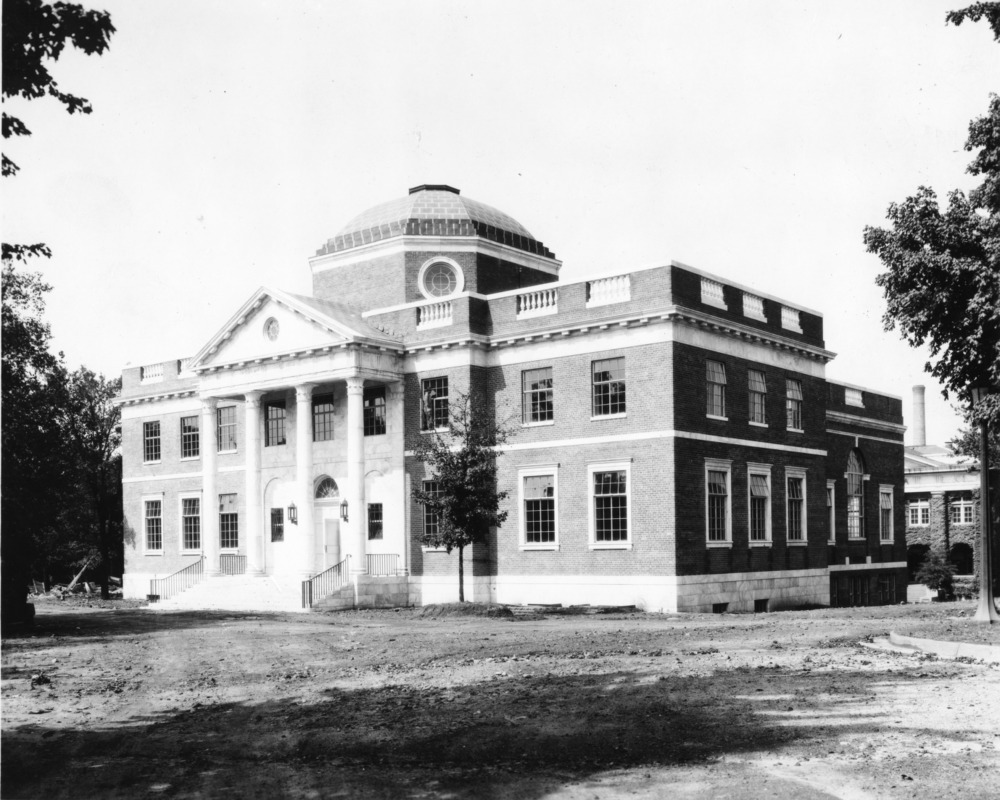
Built in 1925 and designed by Hobart B. Upjohn, Brooks Hall was the original site of the D.H. Hill Jr. Library, which was named after Daniel Harvey Hill Jr., one of the first faculty members, the person considered the first college librarian, and later the third president of the college. As its original site, this building was the first on campus to be entirely designated as a library.
After the library moved to a larger facility, the building was renamed and rededicated in 1956 as Brooks Hall, in honor of Eugene Clyde Brooks, the fifth college president. From then on, it housed the School of Design, and architecture faculty member George Matsumoto designed an addition that was later known as the Matsumoto Wing. Other renovations, such as the enclosure of the second floor Rotunda, were completed at the same time.
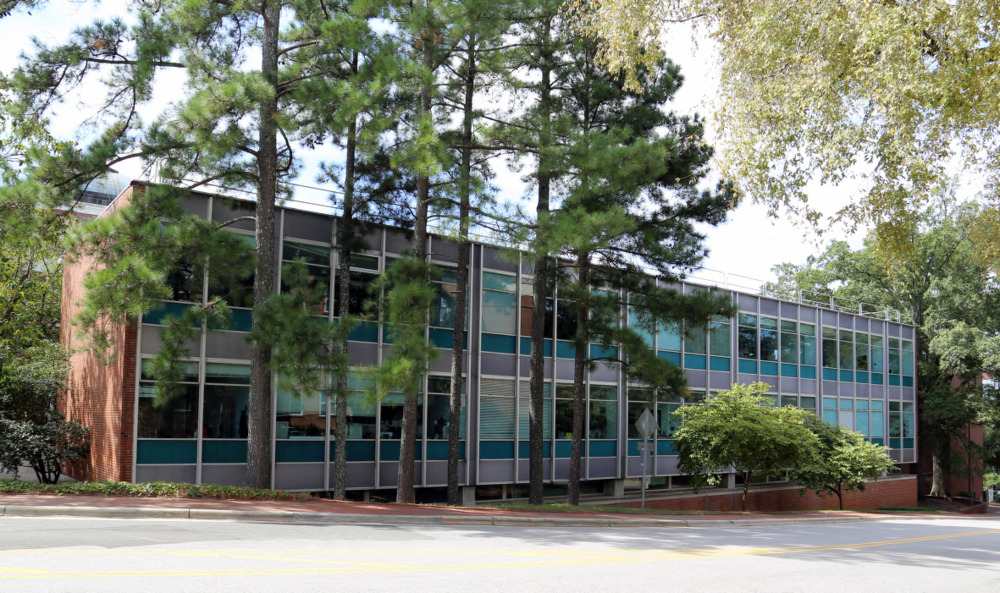
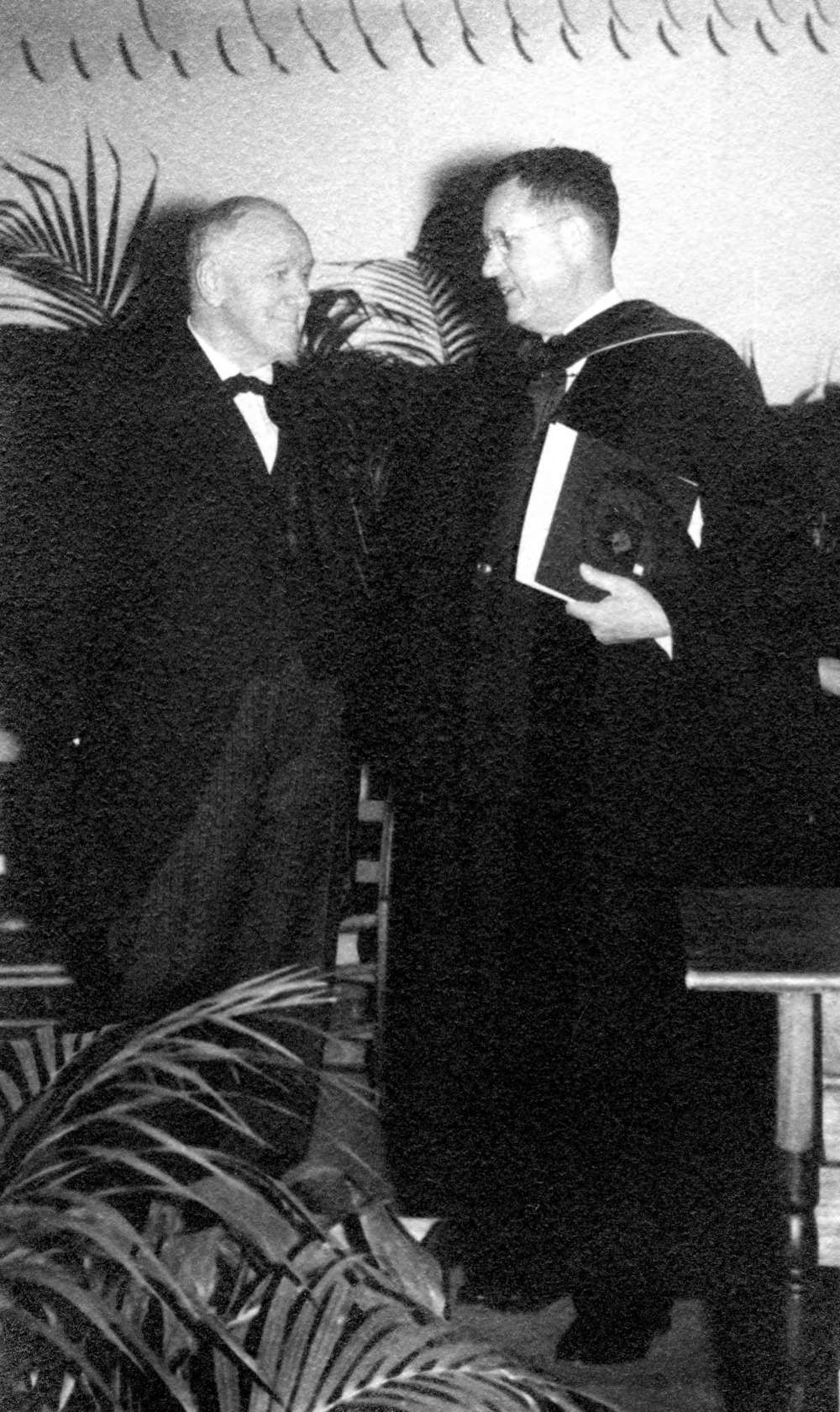
Another building designed by architect Hobart B. Upjohn, the building formerly known as Daniels Hall, was built in 1926. Chancellor John Harrelson dedicated the building in honor of Josephus Daniels in 1938. Daniels was the editor and publisher of the Raleigh News and Observer from 1894 until his death in 1948. He was also a founding member of North Carolina College of Agriculture and Mechanic Arts (now NC State University) as a member of the Watauga Club. Daniels also supported white supremacy and played a key role in the 1898 Wilmington Coup, during which “a white mob seized the reins of government in the port city, destroyed the offices of The Daily Record, the local African American-owned newspaper, and terrorized the African American community.” The Board of Trustees renamed the building 111 Lampe Drive on June 22, 2020, in recognition that retaining the building name for Daniels was a “constant reminder of a shameful part of our state’s history."

111 Lampe Drive originally housed the physics and electrical engineering departments. Over the years it has held courses for many departments from nuclear engineering, which later moved to Burlington Labs, to architectural engineering, which later moved to Brooks Hall and became part of the School of Design. The original building had a rooftop laboratory that was first used as an astronomy observatory before becoming a laboratory for the physics department. Renovations to the building in the 1980s added space for semiconductor research and a fabrication laboratory, and now the building is home to various labs, faculty offices, and classrooms.
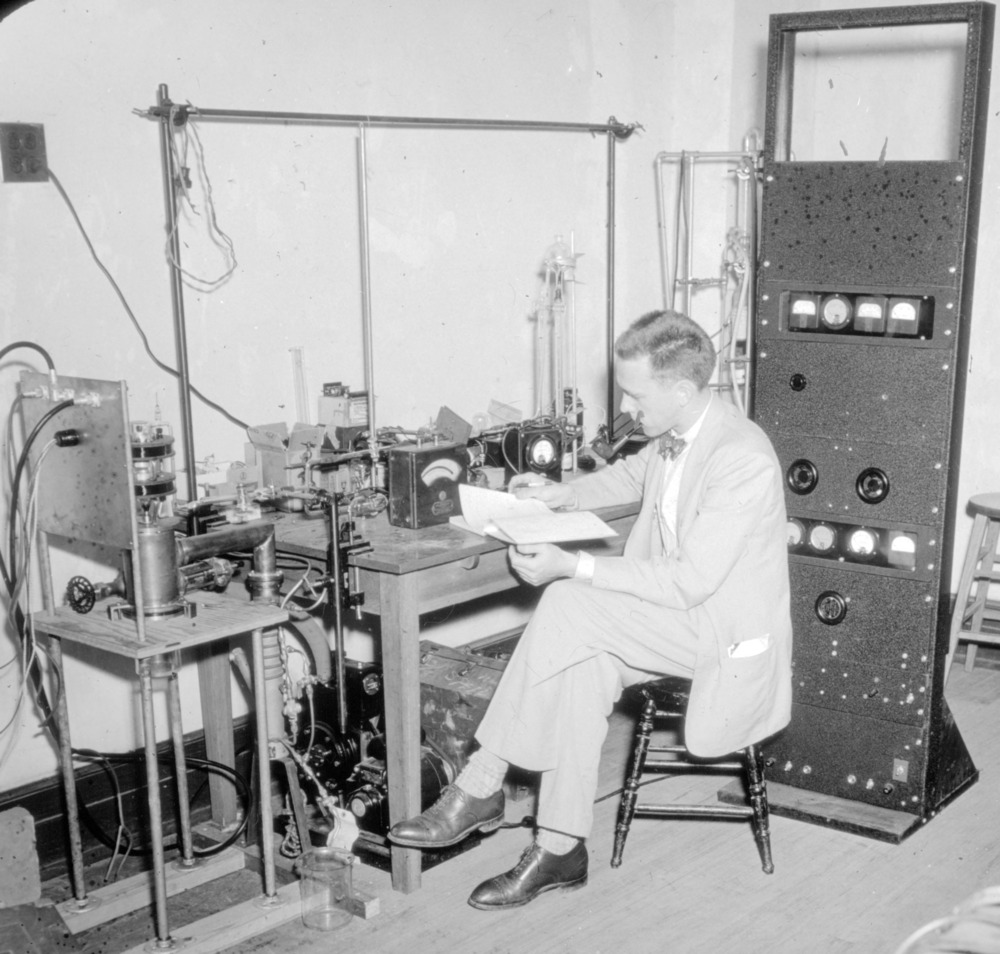
To read more about campus buildings and legacies, refer to the Brick Layers project, a project of the NC State Department of History funded by the Office of the Chancellor of NC State.
If you are interested in viewing any Special Collections materials, please contact us at library_specialcollections@ncsu.edu or submit a request online.
The Special Collections Research Center is open by appointment only. Appointments are available Monday–Friday, 9am–6pm and Saturday, 1pm–5pm. Requests for a Saturday appointment must be received no later than Tuesday of the same week.